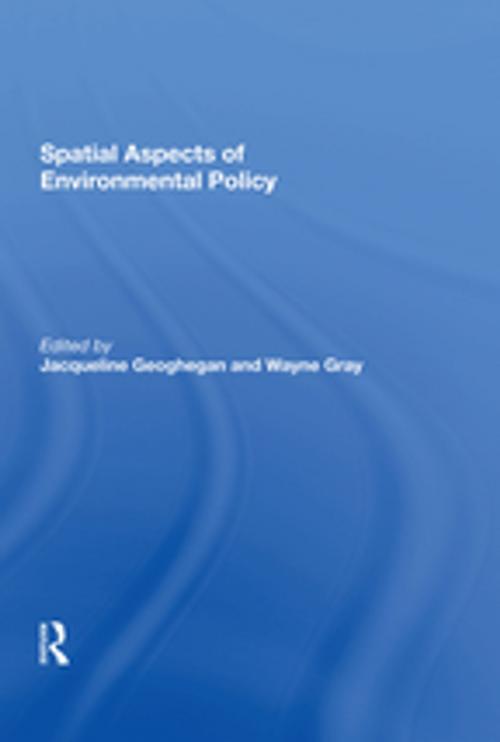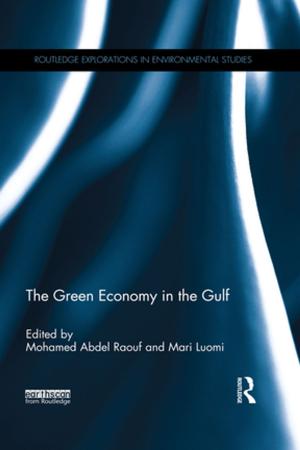Spatial Aspects of Environmental Policy
Nonfiction, Science & Nature, Science, Earth Sciences, Geography, Social & Cultural Studies, Social Science| Author: | Wayne Gray | ISBN: | 9781351148665 |
| Publisher: | Taylor and Francis | Publication: | January 22, 2019 |
| Imprint: | Routledge | Language: | English |
| Author: | Wayne Gray |
| ISBN: | 9781351148665 |
| Publisher: | Taylor and Francis |
| Publication: | January 22, 2019 |
| Imprint: | Routledge |
| Language: | English |
There has been a recent explosion of research incorporating a spatial dimension in environmental and natural resource economics, where the spatial aspects of human behaviour or the natural environment make a crucial difference in the analysis and policy response to the problem. Much of this research has been driven by the growing availability of spatially explicit social science data and the development of tools and methodological advances to use these data. Collected in this volume are 24 key articles considering the reasons for spatial variation in policies, due to either efficiency or equity considerations, and the consequences of that spatial variation for both environmental and economic outcomes. These articles demonstrate that the failure to address spatial issues in the analysis can create two problems: (1) the analysis provides a poor basis for predicting actual behaviour that is specifically based upon spatial considerations, and (2) the analysis fails to provide a basis for designing spatially targeted policies that could lead to more efficient outcomes.
There has been a recent explosion of research incorporating a spatial dimension in environmental and natural resource economics, where the spatial aspects of human behaviour or the natural environment make a crucial difference in the analysis and policy response to the problem. Much of this research has been driven by the growing availability of spatially explicit social science data and the development of tools and methodological advances to use these data. Collected in this volume are 24 key articles considering the reasons for spatial variation in policies, due to either efficiency or equity considerations, and the consequences of that spatial variation for both environmental and economic outcomes. These articles demonstrate that the failure to address spatial issues in the analysis can create two problems: (1) the analysis provides a poor basis for predicting actual behaviour that is specifically based upon spatial considerations, and (2) the analysis fails to provide a basis for designing spatially targeted policies that could lead to more efficient outcomes.















